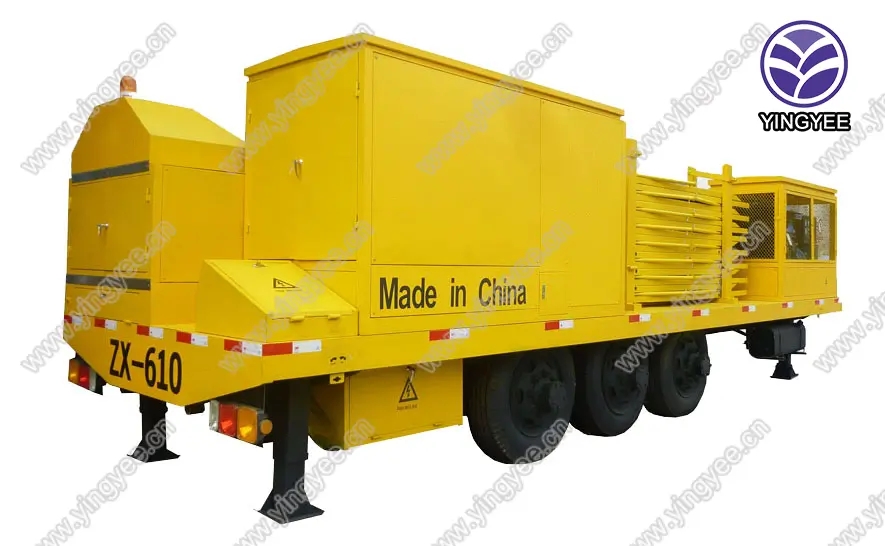
The Evolution and Importance of Metal Roof Sheet Making Machines
In recent years, the construction industry has witnessed a substantial transformation, particularly in roofing materials. Among various options available, metal roofing has emerged as a preferred choice due to its durability, low maintenance, and efficiency in energy consumption. This surge in popularity has led to an increased demand for metal roof sheet making machines, which are pivotal in the production of high-quality metal roofing products.
Understanding Metal Roof Sheet Making Machines
Metal roof sheet making machines are specialized industrial equipment designed to fabricate roofing sheets from various metals such as steel, aluminum, and zinc. These machines typically work by rolling metal coils through a series of rollers, which shape the material into the desired profile. This process can produce sheets in various designs, including corrugated, standing seam, and shingles, catering to diverse architectural needs.
These machines not only enhance productivity but also ensure precision in sheet manufacturing. By automating the production process, they help reduce human error, enhance product uniformity, and boost overall efficiency. This is particularly important in large-scale construction projects where consistent quality and timely delivery are crucial.
The Benefits of Metal Roofing
The increasing adoption of metal roofing can be attributed to several inherent advantages. Firstly, metal roofs are exceptionally durable; they can withstand harsh weather conditions, including heavy rain, snow, and strong winds. This longevity can contribute to significant cost savings over time, as homeowners and building managers save on frequent repairs or replacements.
Secondly, metal roofs are energy-efficient. They reflect solar radiant heat, which can help reduce cooling costs in warmer climates. Many modern metal roofs are coated with reflective materials that enhance their energy-saving properties, making them an eco-friendly option in sustainable building practices.

Moreover, metal roofing is lightweight when compared to traditional materials like tiles or concrete. This not only eases the structural load on buildings but also simplifies the installation process. In addition, metal roofs are available in a wide array of colors and finishes, offering aesthetic flexibility to architects and homeowners alike.
The Role of Technology in Sheet Production
The advancement of technology has significantly impacted the functionality and efficiency of metal roof sheet making machines. Modern machines are equipped with Computer Numerical Control (CNC) systems that allow for precise programming and operation. This level of automation enables manufacturers to create complex designs with ease, significantly shortening lead times and reducing labor costs.
Furthermore, integrated safety features and real-time monitoring systems have improved the operational safety of these machines, ensuring a secure working environment for operators. The introduction of materials such as pre-painted steel has also expanded the capabilities of these machines, allowing for even greater customization options.
Conclusion
Metal roof sheet making machines play an integral role in the construction industry by aligning production capabilities with the rising demand for metal roofing solutions. As the trend towards energy-efficient and sustainable building practices grows, so too does the importance of these machines in meeting the evolving architectural needs. Influenced by advancements in technology, the future of metal roof manufacturing looks promising, with enhanced efficiencies and broader design options available.
As we move forward, it will be essential for manufacturers to continue investing in technology and innovation to ensure that metal roofing remains a top choice for builders and homeowners alike. In doing so, they can support the construction industry's transition toward more resilient, sustainable, and aesthetically pleasing roofing solutions.